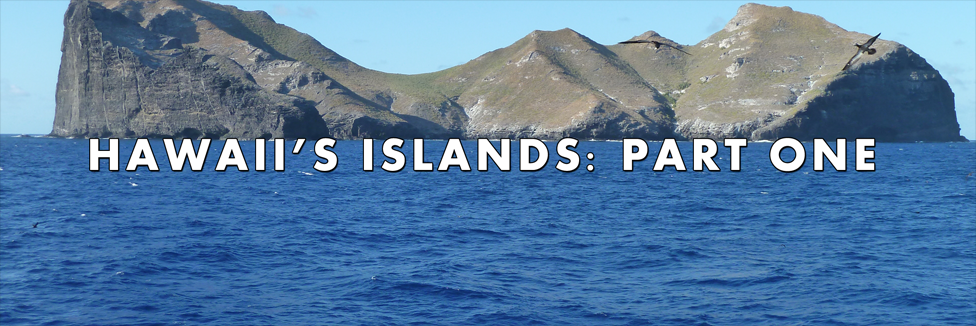Hawaii's Islands (Part One)
Posted by BananaJack on Dec 29th 2017
What Makes Hawaii's Islands Unique?
Let's explore each of them briefly so we can establish a better picture of each island and learn what is special about each one. This time we'll cover four and next time we'll cover an additional four.
Ni'ihau is one of the smallest islands in Hawaii - the 7th largest out of 8. The size of the island is 69.5 square miles.
One notable fact is in its zoning -the area is designated as a critical habitat for one specific type of endangered bell flower in the Hawaiian lobelious group (named Brighamia insignis.) It is home of the Hawaiian duck, the black-winged stilt and the Hawaiian coot.
The island itself is actually privately owned and considered "off-limits." It was purchased by Elizabeth Sinclair in 1864 for the sum of $10,000, with the private ownership being passed down over the years through her descendants - the Robinson family.
However, starting in 1987 it was opened to various hunting safaris and supervised activity tours which offer an opportunity for tourists to get a glimpse of this more mysterious piece of Hawaiian real-estate. Currently, Bruce & Keith Robinson are active managers of the island. A week after the Pearl harbor incident, a Japanese navy fighter apparently crashed into the island and its pilot terrorized the residents for a week.
Kauai is the oldest island of Hawaii. As far as size, it is the fourth largest - so about right in the middle between the largest and smallest islands. It is 562 square miles and is home of the Waimea Canyon State Park.
It is said that the name comes from Hawai'iloa - a Polynesian explorer credited with the initial discovery of the islands we know as Hawaii. Kauai is derived from the name of his favorite son and loosely translates to "place around the neck" as would often be where a father carries his child.
Oahu is the third largest island of Hawaii - also known as The Gathering Place. It's densely populated - home to about 2/3rd of the entire population of Hawaii. Oahu is where you will find the state capital of Honolulu, located on its southeast coast. Sized at 44 miles long and 30 miles across with a shoreline of 227 miles - you'll find two low-profile shield volcanoes on the island. These volcanoes are known for their unique shape which is formed by their propensity to erupt highly fluid lava (which travels farther than normal volcanoes.)
Maui is the second largest island making up Hawaii - clocking-in at 727 square miles in size. It is the third most densely populated section of Hawaii, with a population of nearly 150,000. One of the most interesting things about Maui is the fact that it has numerous "micro-climates." This allows the relatively small land-mass to possess different climates which fluctuate depending which side of the island you happen to be on. For instance, Central Maui often feels pretty dry and quite breezy whereas the North Shore and East Maui tend to be much more wet and rainy with precipitation increasing considerably at higher elevations.




